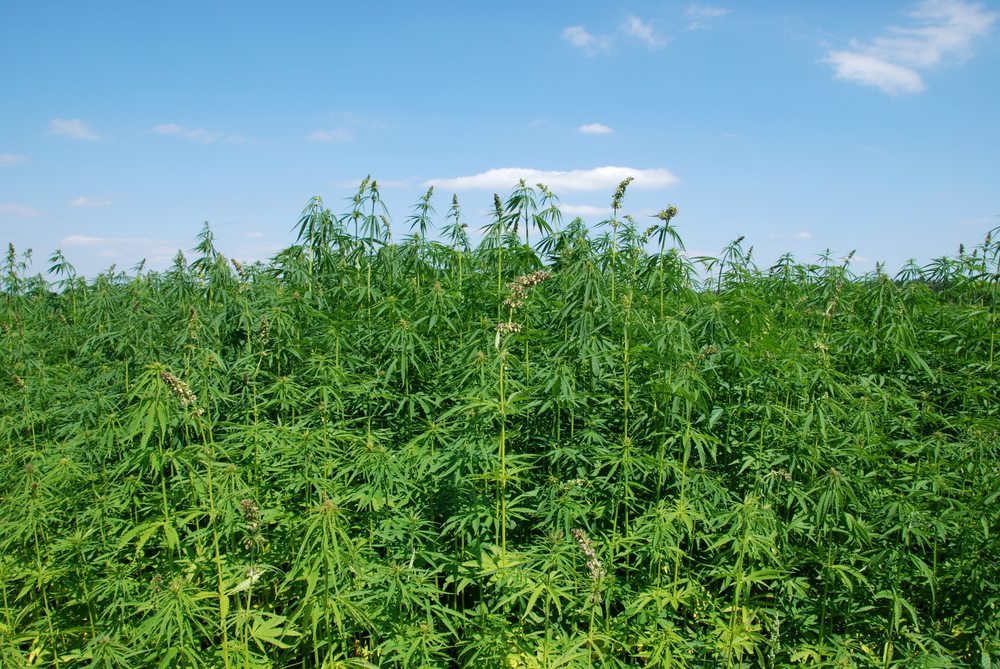By Clint Thompson
Alabama hemp production wilted under the stress of prolonged dry conditions combined with extremely high temperatures.

Katelyn Kesheimer, Auburn University assistant professor and Extension specialist, said the “timing wasn’t ideal.” Plants were being put into the ground right as weather conditions worsened across the region.

“There’s been quite a bit of plant mortality, transplant shock, that sort of thing. The plants weren’t given an opportunity to get good roots into the ground. Then you throw in the 100 degrees (Fahrenheit) and no moisture for a while,” she said. “Irrigation was key, but even then, it was hard to keep up with these temperatures. Last week was really tough on a lot of these younger plants.
“We put stuff in the ground at the end of May and early June. Just with the timing of getting approvals and seeds and clones acquired and paperwork in check, that second half of this month when it got really hot was just not ideal. Especially in some of our research plots, we couldn’t water them enough. We still lost quite a bit of plants.”
Abnormally dry conditions are observed in North Alabama, from Lauderdale County to Cherokee County, according to the most recent release of the U.S. Drought Monitor. There is also an area along the Alabama-Mississippi State line where Lamar, Pickens, Tuscaloosa, Greene, Sumter and Choctaw counties are abnormally dry.
Since hemp is still a relatively new commodity for Alabama producers, more research needs to be conducted to determine what varieties are more suited to handle elevated temperatures.
“Some varieties are more heat tolerant than others. I don’t think we have a good grasp on that quite yet. If you talk to tomato producers, they’ll go, ‘I have this heat-tolerant variety.’ We don’t know that yet for hemp,” Kesheimer said.










